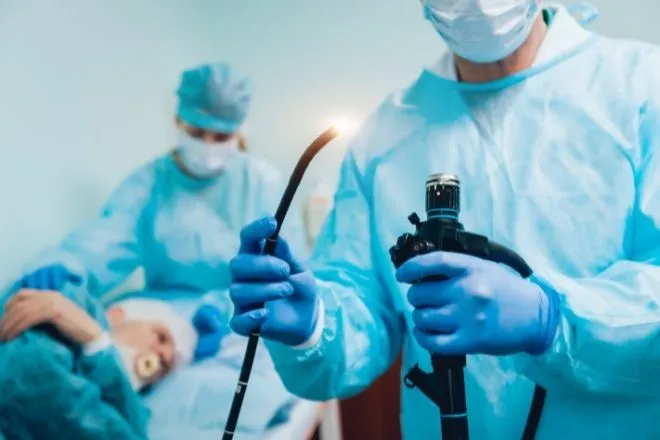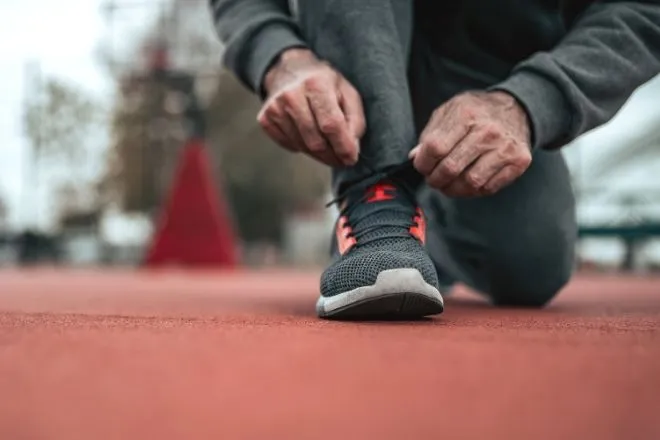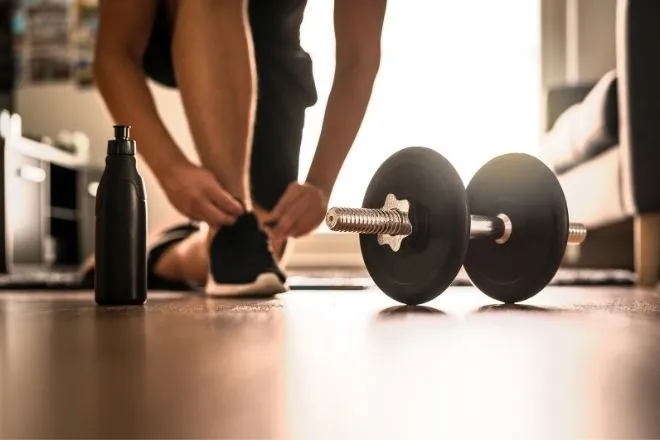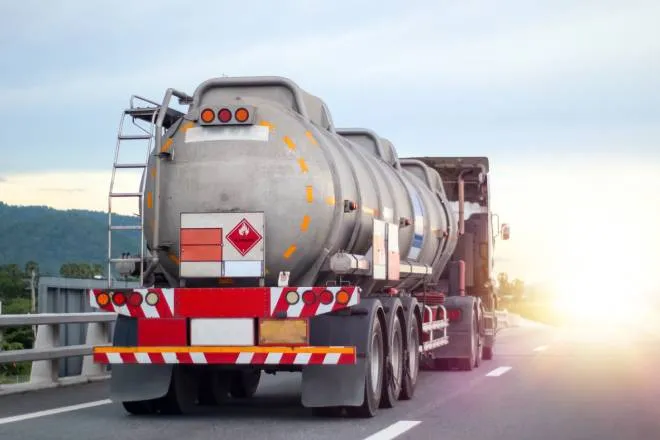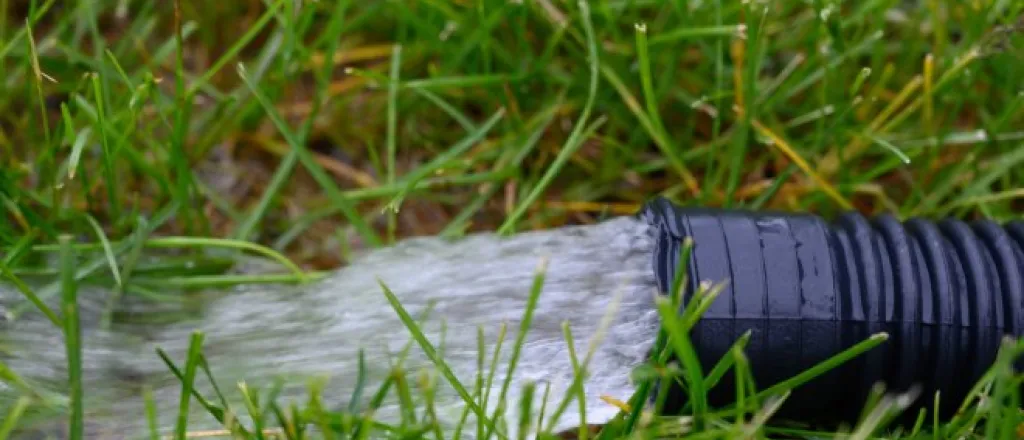
4 common types of water mitigation equipment
©
Water damage can wreak havoc on homes and businesses, leading to costly repairs and disruptions. Understanding the right tools for water mitigation is crucial for minimizing damage and promptly restoring affected areas. This article will explore four common types of water mitigation equipment to help you make informed decisions when faced with water-related challenges.
Air movers
Air movers, also known as industrial fans, speed up the drying process by increasing airflow across wet surfaces. This is important because stagnant moisture can lead to mold growth and structural damage. Air movers come in different sizes and designs, making them versatile for various situations.
By strategically placing these units, water mitigation specialists can ensure that damp areas dry quickly and thoroughly. When combined with other equipment, such as dehumidifiers, the drying process becomes even more efficient.
Dehumidifiers
Dehumidifiers extract moisture from the air, creating a less humid environment. This is vital for preventing mold growth and further deterioration of materials. Dehumidifiers come in various capacities to suit different needs, from small residential units to large industrial machines.
The primary function of a dehumidifier is moisture removal. Reducing the humidity level helps accelerate the drying process. This is especially important when dealing with waterlogged spaces, as high humidity can slow down evaporation.
Choosing the right dehumidifier depends on the extent of water damage and the size of the affected area. High-capacity dehumidifiers are ideal for large spaces, while smaller units can suffice for minor issues.
Moisture meters
Moisture meters are specialized tools used to measure the moisture content in materials. This information helps professionals determine the extent of water damage and monitor the drying process.
Moisture meters come in various types, including pin-type and pinless models. Pin-type meters measure moisture by inserting probes into the material, while pinless meters use sensors to detect moisture levels without damaging surfaces. Each type has its advantages, and the choice depends on the specific requirements of the project.
The ability to monitor moisture levels in real time is a significant benefit of using moisture meters. They provide precise measurements, allowing for better control over the drying process. By identifying areas with high moisture content, professionals can focus their efforts on critical spots, ensuring a thorough restoration.
Water extractors
Water extractors remove standing water from affected areas quickly and efficiently, preventing further damage and preparing the space for the drying process. They use powerful suction to remove water from carpets, floors, and other surfaces, minimizing the damage caused by prolonged exposure to moisture.
Portable units are suitable for smaller areas, while truck-mounted machines can handle extensive water damage. By choosing the right extractor for the job, professionals can ensure that water removal is swift and thorough.
Each of these four common types of water mitigation equipment plays a vital role in the restoration process. By using the right equipment, you can effectively minimize damage and ensure a successful recovery.

